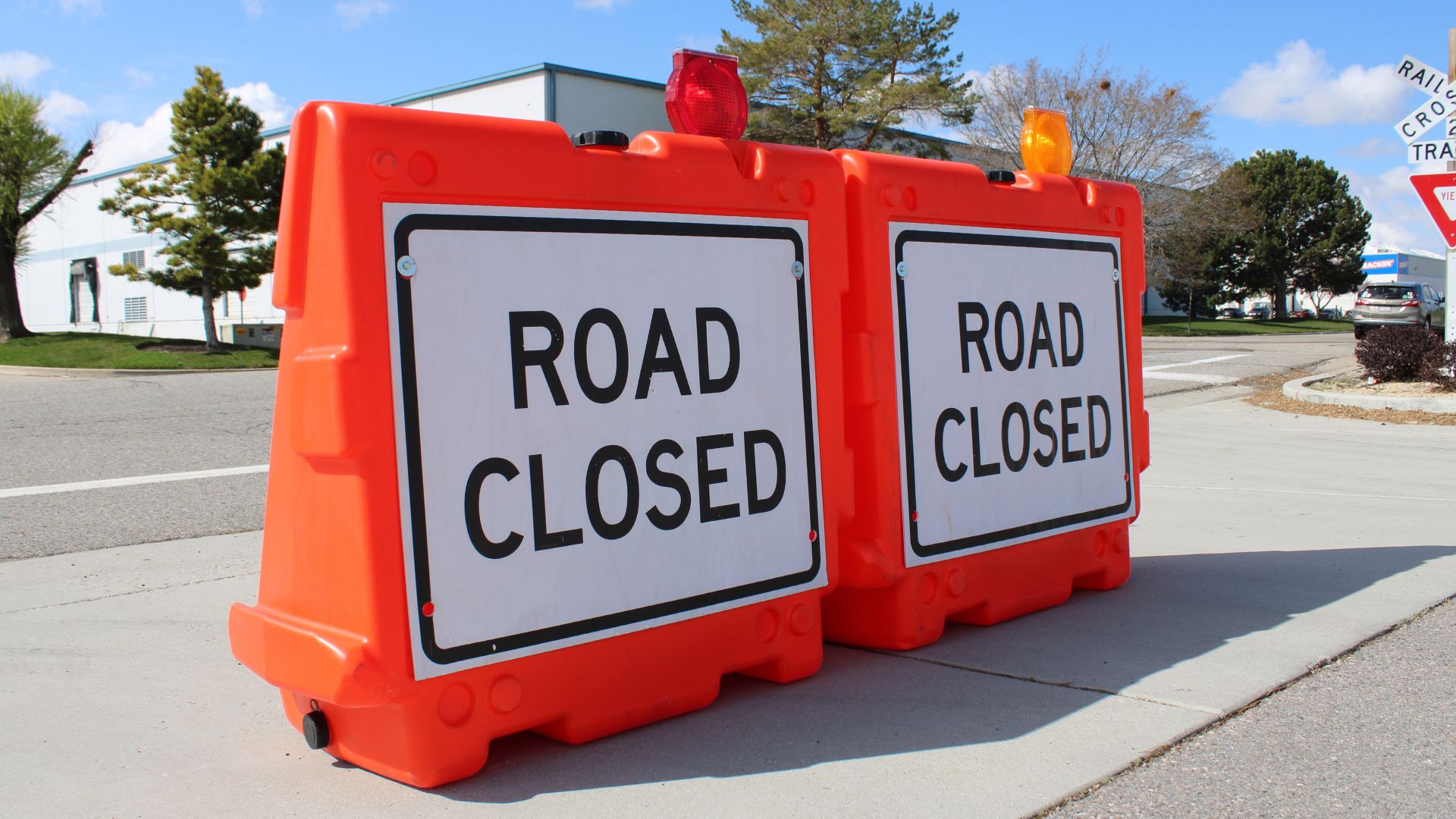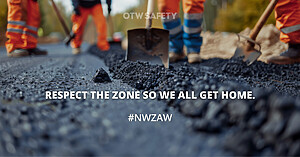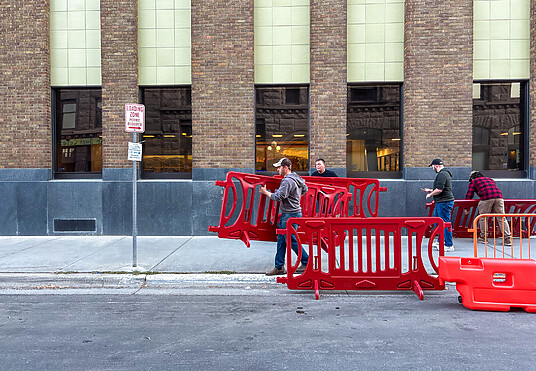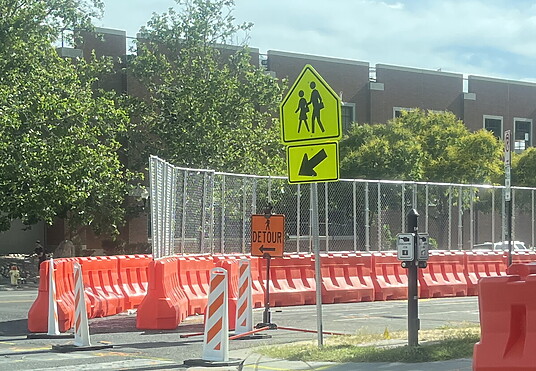April 2025 Safety Roundup

This blog series serves as a monthly highlight of recent news/updates in the safety industry, including airport, construction, events, and general safety news.
To keep you in the know with recent and current safety highlights, we’ve compiled some of the most pertinent updates and national stories here to keep you updated on all things safety.
This month, we’re talking about the construction and traffic industries, the importance of National Work Zone Awareness Week, and some new updates from the FAA.
Construction fatalities continue to remain high
Injuries and fatalities occur on the job every day, and the numbers have hovered around the same average for nearly a decade. In 2023, however (data is recently released as of December 2024), construction counted for the highest percentage of workplace deaths since 2011. The Bureau of Labor Statistics reports that 1,075 people were in fatal incidents on the job in the construction industry in 2023, out of a total of 5,283 deaths. Falls, slips, and trips remain the highest percentage (approximately 39%), with transportation incidents as the second highest cause of death at 20%. The rate of death, however, remains the same as the previous year at 9.6 deaths per 100,000 full-time workers.
OSHA and industry leaders are working to see those numbers come down in the coming years and increase workplace safety, but much work is needed to make that hope a reality.
The first official National Work Zone Awareness Week (NWZAW) was held in Springfield, VA, in 2000, but the very first unofficial event was hosted in 1997 by the Virginia Department of Transportation. 25 official years later, and we continue to see a persistent need for advocacy and awareness for roadside work zones and the workers who make them possible. NWZAW exists to bring the issue of work zone safety to the forefront of peoples’ minds – the spring campaign is run every year in the hope that, one day, the number of fatalities on roadside work zones will be down to zero.
This year’s NWZAW will be hosted by the North Carolina DOT from April 21-25, 2025, and we encourage you to participate however you can! The key message this year is “respect the zone so we all get home”, a necessary reminder to remain aware and alert in work zones so that motorists and construction workers alike make it home every day.
Find out how you can participate here (we’ll all be wearing orange on Go Orange Day, for one!), and keep an eye on our socials for the “social media storm” on April 24.
Prominent GCs unite to form the Canadian Construction Safety Council
General contractors know the risks associated with working in construction, which is why several top general contractors in the Toronto area have collaborated to form the Canadian Construction Safety Council (CCSC). Their mission is to “elevate safety performance and establish innovative new industry benchmarks to protect workers”.
Their first initiatives include investing in heavier-duty Type-II safety helmets, reducing the fall protection standard from 10 feet to 6 feet, and introducing ANSI level 4 cut-resistant gloves to better protect the hands of workers across Canada.
The council aims to proactively protect, engage, and support workers by sharing best practices and insights and “build a safer and strong construction industry across Canada”.
Introducing the Dynamic Regulatory System
The FAA introduced the Dynamic Regulatory System (DRS), a comprehensive knowledge center that consolidates over 65 aviation safety guidance document types into a single searchable application. This system includes information from the Flight Standards Information System and the agency’s Regulatory Guidance System, aiming to streamline access to safety regulations and policies.
This allows those in the aviation industry to maintain optimal and consistent access to the regulations and policies that will help keep them and the public they serve safe.
The Event Safety Alliance (ESA) recommends safety protocols for events
While OSHA oversees workplace safety and the FAA regulates the aviation world, event safety has long been without federally mandated safety regulations. While states may have some laws regarding training or the general safety of vendors (like California’s 2023 Safety on Staging for Live Events), the US as a whole is still lacking when it comes to event safety regulations.
The Event Safety Alliance, however, is working to overcome this. First formed after several tragic incidents at events across the globe in 2011, ESA is dedicated to placing a high priority on safety and promoting “life safety first” through every phase of event production. From publishing The Event Safety Guide (2013) to now hosting an annual conference, in-person trainings, and two online courses, the non-profit hopes to improve awareness and compliance with basic safety standards worldwide.
Two of their standards, in particular, have the potential to help redefine how event organizers go about their safety measures. These standards collectively aim to enhance the safety and security of live events by providing comprehensive guidelines for effective crowd management and event security.

ANSI ES1.9-2020 – Crowd Management aims to “define ‘crowd management’ as distinct from ‘crowd control,’ providing an overview of crowd management theory and terminology. It addresses reasonably foreseeable risks that may arise during live events, offering guidance to event organizers on making informed safety decisions”. This can be helpful for organizers as the standard identifies minimum recommended safety requirements and poses questions and suggestions to assist in making reasonable choices tailored to their specific event circumstances.
Download the free standard here.
ANSI ES1.40-2023 – Event Safety – Event Security was written as a companion to the overarching “crowd management” standard, focusing on event security as an essential component of crowd management. As the ESA states, “the purpose of this standard is to help reduce the risk of harm to people and their property while they attend music, sports, cultural, corporate, and other events and mass gatherings”. This standard distinguishes between privately retained or volunteer security providers and public safety officials, addressing overlapping risks and mitigation strategies.
Download the free standard here.
OTW News
It’s not actually new news that OTW Safety strives to continually innovate and provide our customers with the best safety products on the market, but we think it’s always worth mentioning.
This year, we’ve expanded our product and rental services to support a wider range of safety needs, and we’ve received wonderful feedback so far. For construction and traffic (or even events!), temporary fencing is now available (set up independently or alongside our classic jersey barricades and barricade fence panels) for purchase, and construction-approved concrete barricades are on their way to our site. For the aviation industry, Vinyl X markers are the newest addition to our temporary runway closure markers; these will improve the safety of taxiways and runways at airports nationwide thanks to their FAA-approved, vibrant color and availability in two sizes.
Our e-commerce site is also in the works, and we can’t wait to see how this new service will improve the user experience. One of our goals is to continually enhance the way you interact with OTW; from browsing our site to receiving a personalized quote to having safety products delivered to your door, and we endeavor to never stop reinventing and improving as we go.



